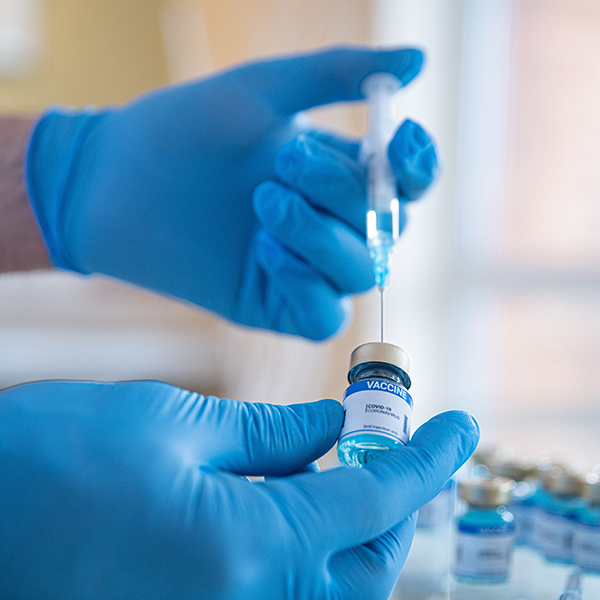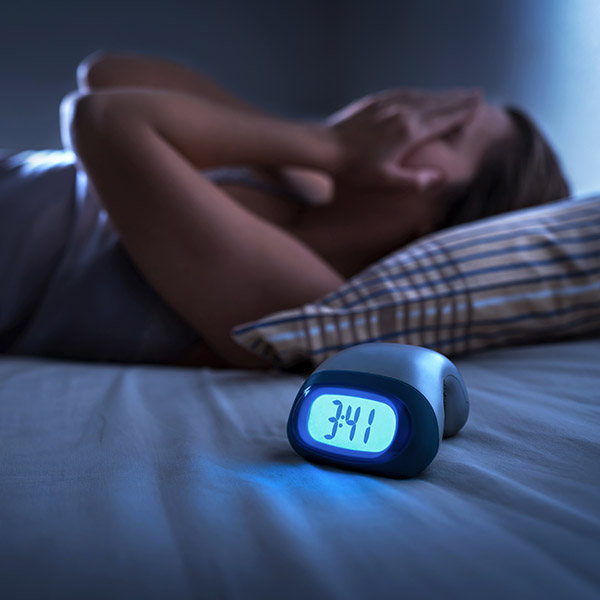Core body temperature is a physiological parameter that plays a major role in maintaining the proper functioning of the body. This complex variable is essential for understanding the interactions between biological processes such as metabolism, immune response, enzymatic activity, circadian rhythms, and the variables of the established protocol.
In clinical research monitoring, it is often crucial to ensure reliable, precise, and continuous monitoring of core body temperature in subjects to differentiate temperature variations related to normal body function, individual behavior, or environmental factors from those specifically induced by the study protocol.
From studying fever kinetics to understanding the progression of infectious stages, from evaluating new treatment protocols to assessing new medications, core body temperature monitoring is fundamental for ensuring the proper execution of research protocols and achieving study objectives.
Developed by physiologists in close collaboration with international experts, our solutions have been designed to combine precision, comfort, and ease of use. The eCelsius Medical system allows continuous monitoring of core body temperature data while meeting key patient care constraints.

Core body temperature: an indicator of health
Temperature measurement is one of the oldest known methods of medical diagnosis, used to detect various phases of hypothermia, hyperthermia, or fever.
The strong relationship between core body temperature, physiological homeostasis, and its disruptions makes this variable a major clinical indicator of a patient’s physiological state. Its fluctuations often lead to changes in patient management.
Fever is a normal response to infection, and its presence or absence can help assess the level of infection activity. However, due to inter-individual differences related to age, gender, physical activity level, and circadian variations, core temperature data must always be interpreted through intra-individual comparison, involving repeated or continuous measurements.
In clinical research protocols focused on virology, infectious diseases, endocrinology and more, patient continuous temperature monitoring is essential for researchers to track the evolution of an infection or inflammation, assess its severity, and determine the impact of one or more protocol variables. Whether refining the understanding of the body’s response to pathogens, evaluating the effects of new treatment approaches, or quantifying the effectiveness of a new drug, reliable, precise and continuous core temperature monitoring is crucial.
Drug efficacy and safety
In the development of new drugs, clinical trials aim to validate both the effectiveness and safety of a treatment. Core body temperature, a key indicator of a patient’s physiological state, is an essential parameter as it helps verify the proper functioning of the treatment (e.g., validating an antipyretic or a drug for hot flashes) or confirming the absence of side effects, such as drug-induced hyperthermia or circadian rhythm disturbances.
In infectious diseases, virology and immunology, core body temperature monitoring helps confirm the reduction in fever intensity or frequency. Additionally, certain treatments (e.g., antidepressants, neuroleptics, antimigraine drugs) may have side effects that include hyperthermia or disruptions inthermoregulation. Monitoring core body temperature can objectively assess these side effects, refine dosage recommendations (e.g., timing of doses), and establish contraindications (e.g., avoiding medication in high heat or after intense physical activity).
Other treatments may directly target or influence circadian rhythms, altering daily core temperature regulation. The most common impact includes sleep disturbances, reduced sleep quality, and consequently, decreased daytime alertness. A reliable, precise, and continuous core body temperature monitoring system is therefore critical for validating treatment efficacy and assessing potential side effects.


Surgery, anesthesia, and intensive care
During surgical procedures, core body temperature monitoring is almost systematically performed to minimize the risk of perioperative hypothermia and detect early signs of patient deterioration. The operating room environment, the type of surgery performed, and the effects of anesthetics on thermoregulation mechanisms can expose patients to decreased core temperature and consequently, an increased risk of unintended hypothermia. This condition can negatively impact wound healing and postoperative recovery.
Numerous clinical studies aim to identify ways to improve patient care. In this context, continuous, reliable, and precise temperature monitoring helps assess the effectiveness of protocols designed to optimize surgical conditions, enhance patient care strategies, and improve postoperative recovery.


Sleep disorders
The circadian rhythm of core temperature is considered as one of the most reliable individual markers of circadian rhythms. Almost all biological functions of the body are structured around a 24- hour cycle, which regulates wake-sleep alternation, hormone release and more. Core body temperature follows a 24-hour pattern, peaking around 6:00 PM, reaching its lowest point between 4:00 AM and 6:00 AM and fluctuating within an amplitude of 1°C.
Continuous monitoring of this variable allows for analyzing temperature variations and characterizing circadian rhythm patterns, making it an essential tool for sleep analysis and diagnosing sleep rhythm disorders.
Core body temperature is an essential physiological parameter for understanding biological processes and maintaining body function. In clinical research context, its continuous, precise monitoring helps distinguish natural temperature variations from those induced by study protocols, ensuring the reliability of research outcomes.
The eCelsius Medical system provides accurate and continuous core temperature monitoring, supporting both patient care and research objectives.

